The Origin,Status and Development of Hats in Different Cultures
Published On: June 27, 2024 By: chen hui
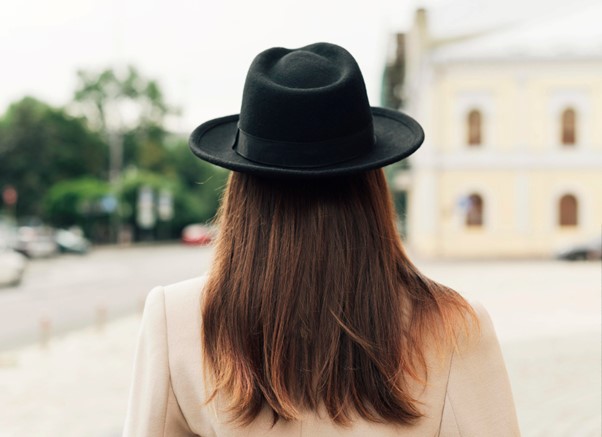
Did you know about hat culture? If not, this blog will give you a detailed introduction about it. We – Aung Crown, a custom beanie hat maker since 1998, will share a full introduction to hat culture from history, and status, to the future.
The Origin and Development of Hats
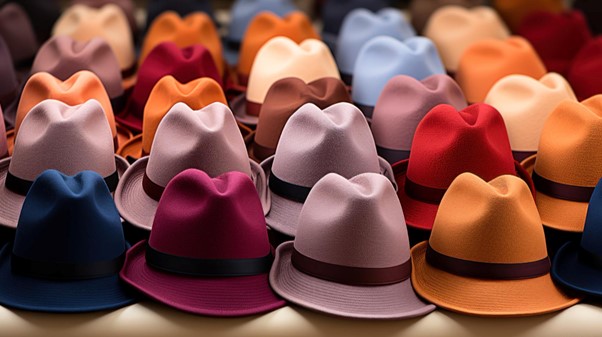
1. Ancient hats and their functions
The ancient hats are derived from keeping warm and protecting from the sun. Therefore, ancient hats used animal fur and feathers to keep hats warm and adopted wide-brimmed designs to protect them from the sun and rain.
In addition, ancient hats had different meanings or symbols in different cultures. Here are some examples.
In China: Hats show respect and class
In India: Turbans signify religious faith
In ancient Egypt: Feathered hats signify power and respect.
The development of the ancient craft of hat-making has gradually progressed from simple hand-woven to sophisticated embroidery made of various materials such as silk, leather, metal, etc.
2. Symbols of status in the Middle age
In the Middle Ages, hats became a symbol of status. There were special hats for the nobility, clergy, businessmen, etc. Each class had their hats to show their class. What’s more, there were various materials and designs for medieval hats, such as high tops, round tops, pointed tops, or silk, velvet, or leather. Medieval hats played an important role in traditional culture and were essential accessories for weddings, celebrations, etc. In addition, emblems on hats represented different families and regions.
3. Various hats for capitalist times (pre-1949)
The style of hats in the capitalist era (before 1949) was influenced by fashion trends and cultural exchange. The hats below are examples.
Wide-brimmed and plumed hats during the Romantic period.
Bowler hats and ascot caps during the industrial era.
Casual baseball caps or visors for modern times.
Varying in different regional cultures
Europe: elegant cloche hats, berets, etc.
The United States: practical baseball caps, trucker caps, etc.
Asia: Ethnic hats such as Japanese kimono hats, Indian turbans, etc.
Hats in Different Cultures
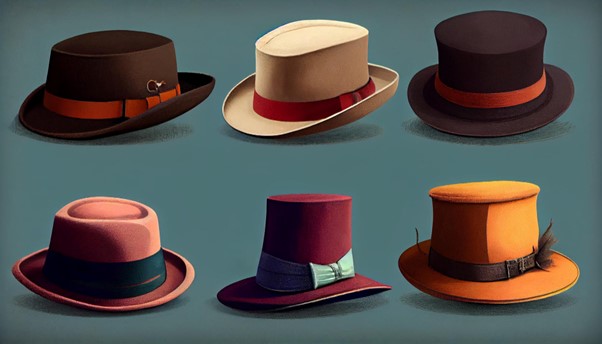
1. Western traditional hats
Hats in Western countries have been influenced by traditional cultures and history. Below are the classic examples.
Helmets and bowler hats in ancient Greece and Rome.
Top hats and feathered hats in the Middle Ages.
Berets and Ascot caps in the capitalist era (pre-1949).
Moreover, Western hats play a super important role in social occasions and people need to wear a top hat on formal occasions. On some special occasions such as weddings or funerals, people need to wear special hats.
In addition, western hats are closely related to fashion and they are influenced by hats on fashion shows or fashion magazines, or even the matching trends of celebrities or fashionistas.
2. Asian Hats
In general, Asian hats are influenced by geographical environments and ethical cultures. Here are some examples:
China: Beijing Opera hats with an official hat indicating its rank (traditional), or the pointed hats of the Mongolian ethnic groups of northern China and Inner Mongolia.
India: Indian turbans or kurtas.
Asian hats also play an important role in traditional festivals. For example, during the Spring Festival or the Dragon Boat Festival, there are special hats to be worn on these special occasions. For other special occasions such as weddings or celebrations, hats are essential accessories.
In addition, Asian hats have a close relationship with their cultural heritage. For example, some Asian hats are handmade only, such as Asian conical hats.
3. Hat cultures between African and Latin American
African and Latin American hats are influenced by their culture and ethnicity.
African: African tribal feathered hats and turbans.
Latin American: Mexican wide-brimmed hats or Panama hats.
In addition, African and Latin American hats play an essential role in their daily lives. Protection from the sun and rain are basic functions, and hats are decorative ornaments and symbols during social occasions.
In addition, African and Latin American hats have a very strong connection with folk art. For example, the embroidery or patterns on hats are from local folk art. What’s more, hats will combine local dance and music to create a style of hat with local folk art.
The Influence of Hats in Fashion
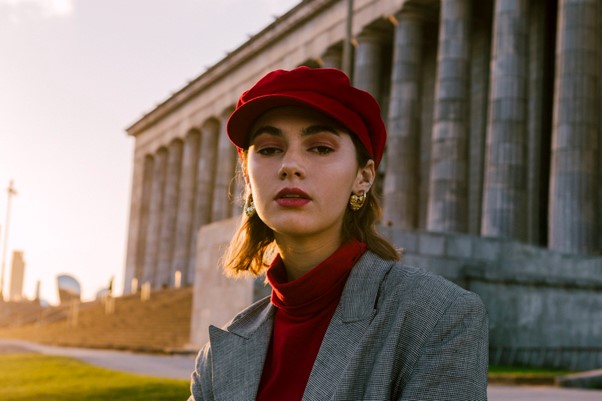
1. The connection between hats and fashion brands
Nowadays, hats have become an important element in fashion brands. Usually, fashion brands will put their logo or slogan on hats, and match with other fashion outfits, such as outfits, bags, etc.
We can see that hats are shown in propaganda, fashion shows, fashion magazines, etc. What’s more, brands will cooperate and launch limited editions.
In addition, hats are the preferred choice for brand activities, especially in brand releases and exhibitions.
2. The trend of the combination of hats and celebrities
In general, the way celebrities dress affects people a lot, and people will follow or imitate their dress. Therefore, their attire also influences designers when designing hats.
Baseball caps and visors are great for casual styles. Top hats and berets are very nice to elegant styles.
3. Innovation of hat in fashion
The innovation of fashion I fashion shows as the following aspects.
New materials: Transparent materials, recycled materials, etc.
New crafts: 3D printing, embroidery, rubber printing, reflective printing, etc.
New designs: Combining them with outfits or bags.
New theory: sustainability.
Market Demands of Functional Hats

1. Sports hats and outdoor hats
In recent years, sports hats and outdoor hats have become popular in the market due to the spread of outdoor sports and exercise activities. Therefore, hats with sun protection, sunblock, and warmth are popular. What’s more, more and more materials are being used to make sports hats or outdoor hats, which can make these hats breathable, wick away perspiration, and keep you warm.
2. The emergence of fashionable hats
With the demand for sun protection and sunblock, visors are popular in cities and influence fashion trends. Therefore, some innovations have been created to meet this demand. For example, wide-brimmed hats, sun-protective baseball caps, and anti-UV fabrics.
3. Work demands of hats
Sometimes hats need to be professional and protective, such as dress hats or hard hats. In addition, work hats are influenced by industry and company culture. Different industries have different requirements and colors for hats, and the company’s culture also influences the choice of hats.
The Future of Hats
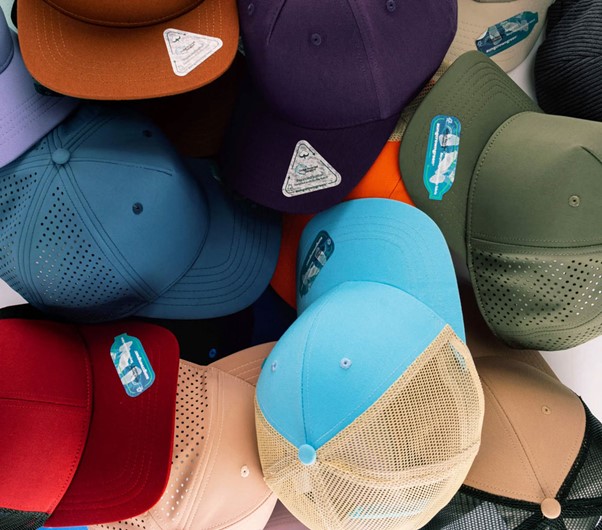
1. The breakthrough of sustainable techniques
The breakthrough of sustainable techniques in materials and research in crafts. The green supply chain and recyclable economic circles can make the green path in hat-making much easier. The awareness of being green has been gradually increasing, so sustainably making hats will be mainstream. What’s more, the sustainable theory applied in hat making can show the responsibility of companies and take care of our planet. Therefore, sustainable hats are one of the futures of hats.
2. Personalized and customizable hats
The trend of personalized and customizable hats will become mainstream in the hat industry due to consumers’ needs for personality, styles, colors, and features. What’s more, customizable hats can provide personalized strategies and customized services from colors to craftsmanship. In addition, with the application of smart manufacturing and 3D printing, more and more personalized and customizable hats can be made.
3. The hat innovation and cross-border cooperation
The hat innovations and cross-border cooperation are another trend in the future, which can cooperate with arts, cultures, techniques, etc. Also, can cooperate with other fashion brands, famous artists, or designers.
In the end, the history, status, and future of hats can help you better know them when buying or customizing.
